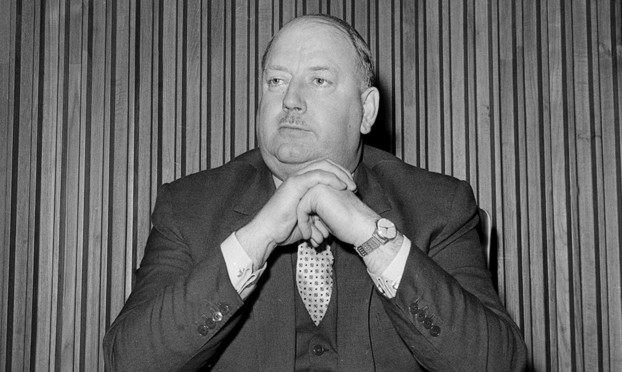It was the notorious report that led to the axing of some 650 miles of railway in Scotland.
But with the 50th anniversary of the notorious Beeching report marked on Wednesday, the woman behind a long-running campaign to re-establish a St Andrews rail link has cleared up a misconception that it was Beeching who closed the St Andrews branch line.
Speaking ahead of a presentation to Fife Council’s North East Fife Area Committee on Wednesday, StARLink convener Jane Ann Liston told The Courier: “If you have a look at ‘The Reshaping of British Railways’, to give the Beeching report its Sunday name, you will see that the good doctor did not repeat, not recommend the closure of the St Andrews line.
“The only recommendation he did make in the vicinity was to withdraw stopping trains between Dundee and St Andrews, which led to the closure of Guard Bridge (as it was then) station.
“Nor did Beeching recommend the closure of St Andrews in his second report.
“It was British Rail which, finding that the railways were still losing money after the Beeching closures, decided to close as many branch lines as they could, and in Scotland only North Berwick, thanks to the strenuous efforts of the MP John PMackintosh. The carnage was justified, because BR believed that the branches were costing too much to run and anyway, anybody who really wanted to take a train would make their way, somehow, to the nearest main line station.
“In fact, branch lines like St Andrews were channelling valuable business into the system, but due to a now discredited accounting system that was unfortunately not acknowledged at the time.
“In the ensuing five decades rail has become more popular, carrying more passengers than before Beeching and on a greatly reduced network.
“It is now recognised that unfettered car use is neither practical nor desirable due to the carbon emissions and sheer lack of space on the roads.
“It is recognised now that many of the Beeching and subsequent closures were a mistake, and there must now be very few people who agree with the decision to withdraw rail services to Scotland’s oldest university town and the Home of Golf.”
Campaigners calling for the restoration of a direct rail link to St Andrews which closed in 1969 recently welcomed a new feasibility study that suggested the line could be reinstated for £76 million.
Others, however, have said this would be completely impractical.
